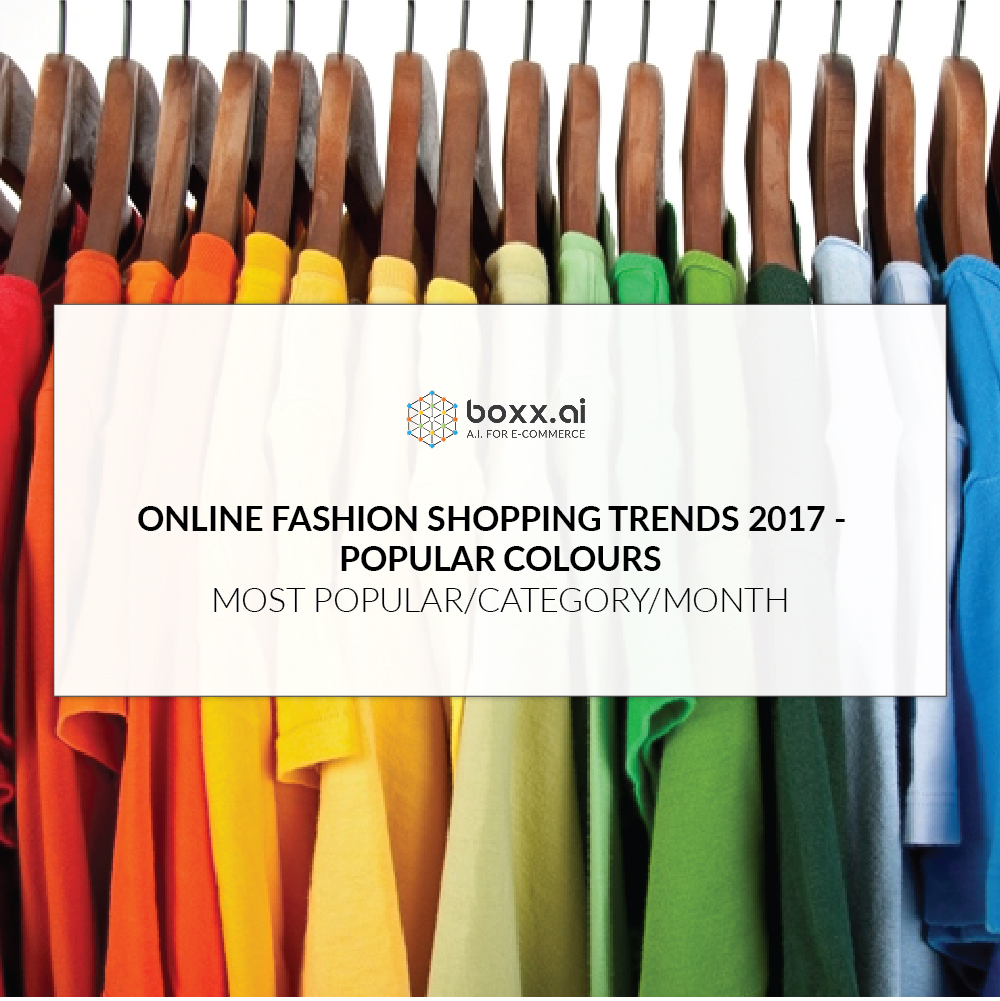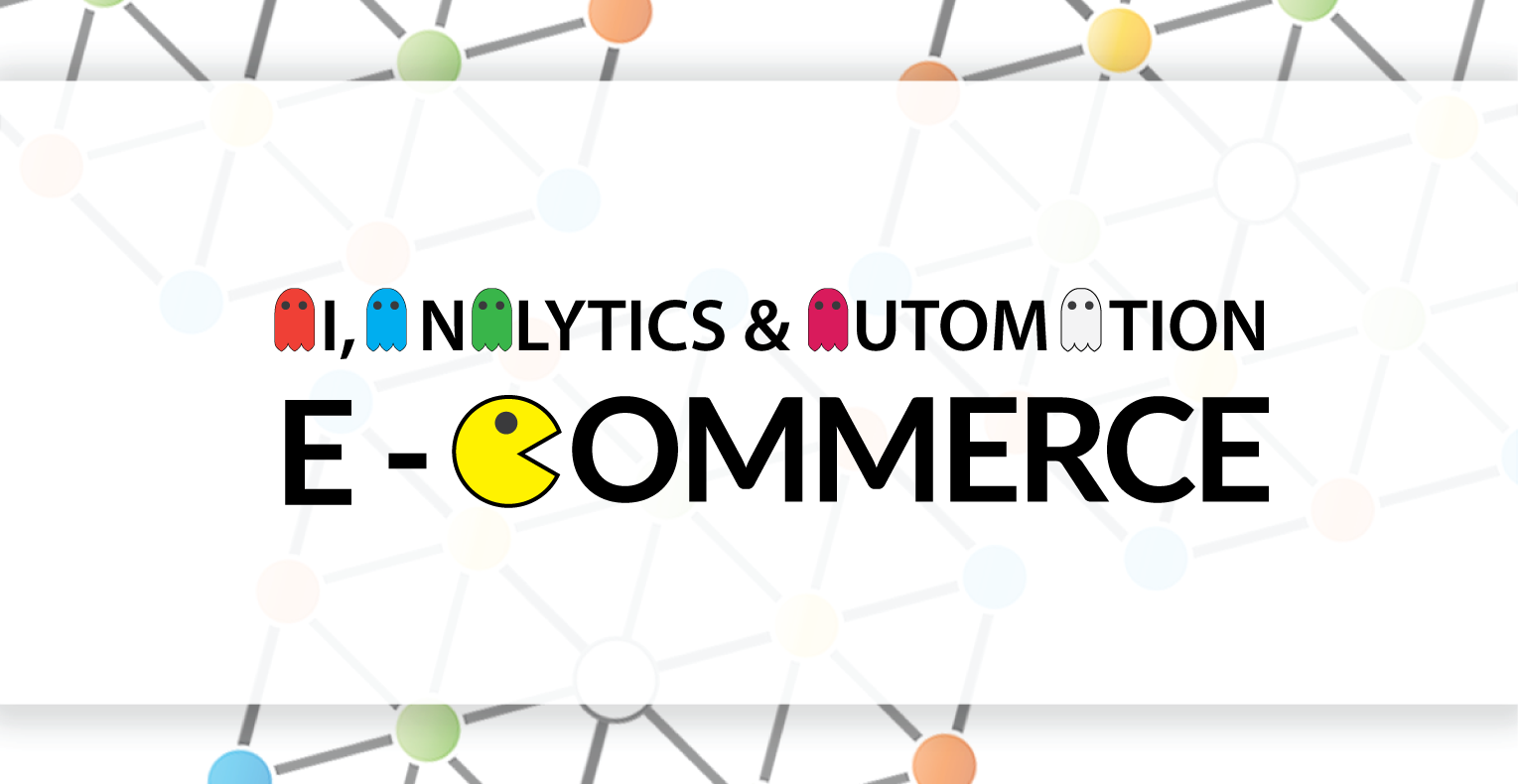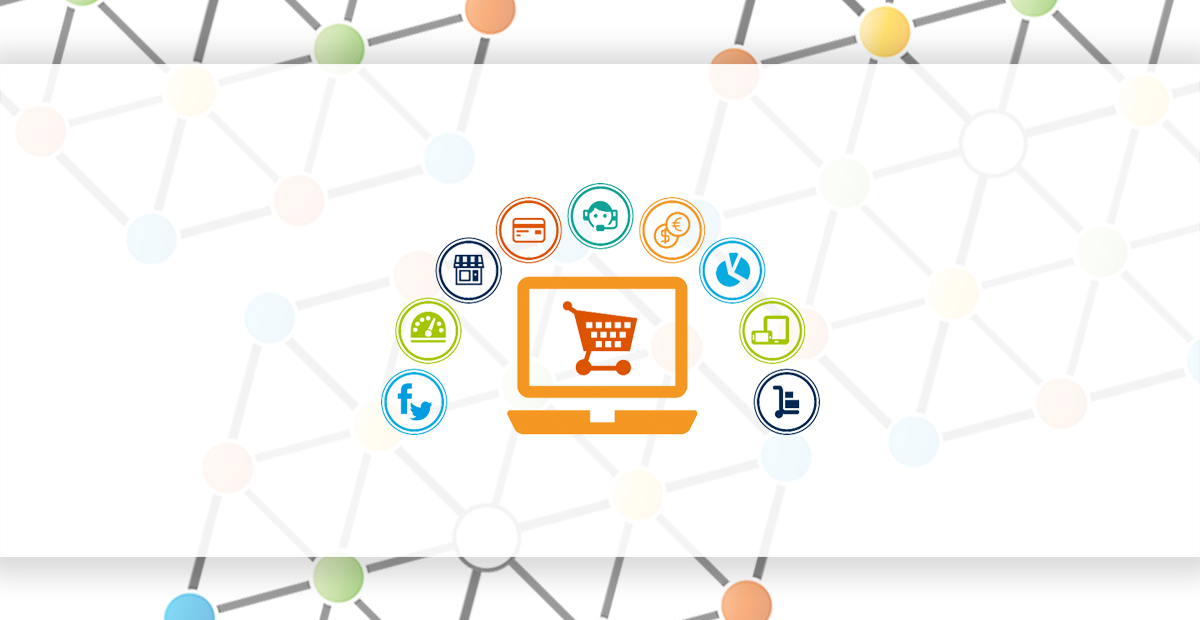
In any relationship, be it between the employer-employee or your first date, first impressions matter. This becomes more important between the customer and the client.
Marketers understand the need to leverage this first impression from the very first time that a customer interacts with the brand in any form. In fact, leveraging first-time customers have led to increase in sales and conversions and also improved brand recall. Studies indicate that two-time buyers are 9 times more likely to repeat than first-time shoppers do.
As a result, to nurture the relationships between the new customers and brand, the welcome series email becomes an important part of their marketing game-plan. Until now, existing marketing teams would create a series of emails that would engage with the customer at every step of the way. These emails were triggered by some action of the customer that would ensure “new customer experience.”
But did you know that on an average, more than 122,500,453,020 emails are sent out every hour? Then, how do you ensure that yours is different from the 122,500,453,019th mail? The only way there is to personalize this customer touch. Each of these emails should contain the right information about the products, have the right language, and be sent out exactly at the moment the customer chooses to interact to ensure that it is opened. It may sound challenging, but it’s not impossible!
The pivotal moment of ‘first impression’
Our customers are living in a FOMO age. They are, therefore, always online on some channel or the other. Marketers are aware of this, and therefore, the temptation is always high to get the reader to do everything in the first email/notification itself – know about product/service, follow/like in social media channels, check out the cool features, upgrade here, and oh, welcome! This hotchpotch of messages covering all the bases in one message makes it hard for your customers to actually find it motivating – the result – they never end up using the product or eventually lose interest from the brand itself.
This generic mass emailing has to stop! In theory, this can be done by segmenting customers according to their needs and craft a unique sequence that addresses that. This can, however, prove to be challenging when you have users coming to your website from different channels or having different requirements from the brand – how do you stay relevant then?
The secret lies in the data
The first thing that you want to do is make sure that you are collecting the user attributes and/or user actions. This could be a simple thing, like adding a “gender” and “age” fields in your sign-up form, or it can be as detailed as collecting data on what they have last purchased, and/or what they have viewed on the website. (You can also automate this process by integrating AIDA, she does all the hard work of collecting the data needed, identifying the patterns and sending out relevant emails.)
Don’t be creepy
There’s fine line between creepy and being personal. Starting with the first name is a good idea, but remember, that customers want to be ‘wow’-ed. Therefore, think about more specific content that would be relevant to your users, something that would tip the iceberg – this can be derived from data collected by seeing their ‘last purchases’ to checking their past ‘searches’. If there are no last purchases, remember, the content can be made more applicable by using the information gleaned from past searches. The idea is to collect the data and use it to create that one email that would have your customer by the hook!
Many more ways to advance
Once you have dipped your toes in personalization, there are different ways to go about it. Take for instance, what the user did while shopping online – was Jane Doe checking a particular item, did she see something that was ‘out of stock,’ was she looking for something specific etc. All these data can then be used to send across offers on her favorite product; it can also be used to send her related items (like if she was looking for cushions, probably a floor lamp matching that) might be a good idea.
If you think that this is a big commitment, AIDA can help. Alternatively, you can start small. You can start by sending only the relevant emails that showed them information that they need.
Don’t forget to test
Before leaping guns, however, you need to test. Adding varying types of personalization to your email, checking their open and click through rates as you go will help to figure out the best email for your customer. For remember that personalization sparks positive feelings and these positive feelings are exactly why your customer would stick around. Try it out for yourself and see how your users respond.





